Many forms of violation
It is easy to see that in the current era of technological development, copyright infringement is rampant, especially on the Internet. Common forms of infringement are movies shown in theaters being spread on social networks. The subjects secretly filming do not post the entire content but cut it into short clips and post them on groups.
Most of the secretly filmed accounts are newly created and viewers only need to skim through the segments to get a general idea of the film's main content. In addition, there is also a phenomenon of reviewing films in the form of short videos on YouTube, Facebook, TikTok to summarize the content, express opinions, and comments to help viewers understand the content and will no longer be attractive enough for them to spend money to watch the entire film.

Not only that, the reality of copyright infringement in films also occurs in the film industry. Sharing with CAND Newspaper reporters, Associate Professor Dr. Do Lenh Hung Tu, Chairman of the Vietnam Cinema Association, said that some filmmakers use images from documentaries in their works but only have a short line stating "the film uses documents of colleagues" without directly asking for permission from the author. Meanwhile, according to the principle, before putting them in the film, they must ask for permission, clearly note which films the materials are taken from, who the director is... According to Mr. Tu, this is the honor and self-respect of those in the profession, but for a long time it has not been respected.
As someone with many years of experience in the profession, director Ngo Huong Giang analyzed that the current film copyright infringement is understood from three main perspectives and is very alarming. First, infringement of film copyright content. Some current TV series and movies, after being released, audiences can easily recognize the overlap in motifs, film structure, character lines and events with other films. Second, infringement of broadcasting copyright. This phenomenon is easy to see, easy to encounter and sometimes violated in the most "brutal" and public way.
Many TV series produced and broadcast by VFC such as: “Nguoi phan xu”, “Ve nha di con”, “Sinh tu” were freely broadcasted by “dark websites” while they were being shown, even had VTV’s logos covered, erased and advertisements blatantly inserted. Third, copyright infringement of film brands. Many films, after being shown, created a buzz, received public attention, and were loved by the public, immediately the brand of that film was exploited by individuals and organizations, even abused for advertising profit.
Fundamental and synchronous solutions are needed.
To combat copyright infringement in films, director Ngo Huong Giang hopes that the Copyright Office, Ministry of Culture, Sports and Tourism, will soon coordinate with the Ministry of Information and Communications to issue regulations on penalties for copyright infringement on digital platforms. “If copyright infringements result in serious consequences, causing loss of revenue to the State budget, as well as damage to production units holding film copyrights, the authorities need to promptly transfer the case to the Investigation Police Department for investigation and prosecution, creating a good precedent for film copyright protection activities.
In addition, it is also necessary to accelerate the privatization of television dramas, create fair competition among production units, and limit the "monopoly on broadcasting". To do this, the Ministry of Information and Communications needs to soon issue regulations on licensing broadcasting on social networking platforms. Only when supervised and sponsored by the Ministry of Information and Communications can violations of copyright in broadcasting films in general and television dramas in particular be limited and pushed back", director Ngo Huong Giang emphasized.
According to Associate Professor Dr. Bui Hoai Son, Standing Member of the National Assembly's Committee on Culture andEducation , copyright management also needs to be accompanied by consideration and flexibility, especially when the film industry in Vietnam is in the development stage. Establishing a copyright protection mechanism also needs to be combined with helping creators and film producers find effective ways to approach the market and audience.
This requires creativity in film distribution, as well as the development of mechanisms to encourage investment in film projects. Furthermore, copyright protection must be combined with training and education of the community on the importance of respecting copyright. Only when the whole community understands the value of copyright protection can the film industry develop sustainably.
Source


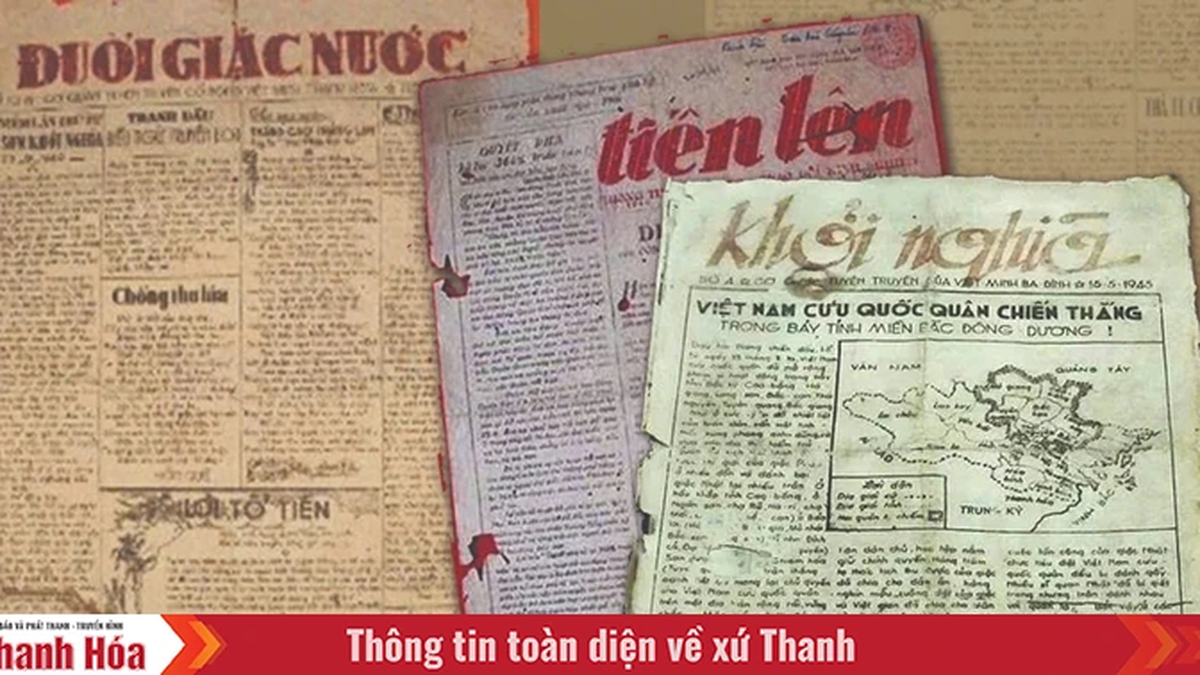
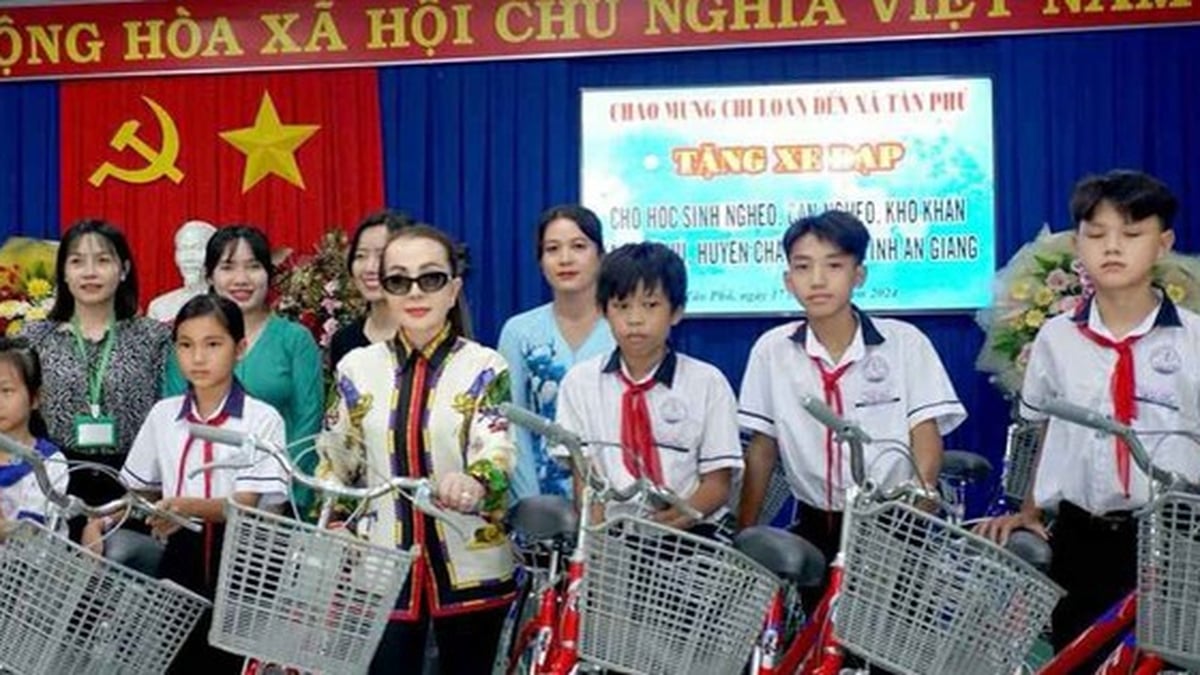
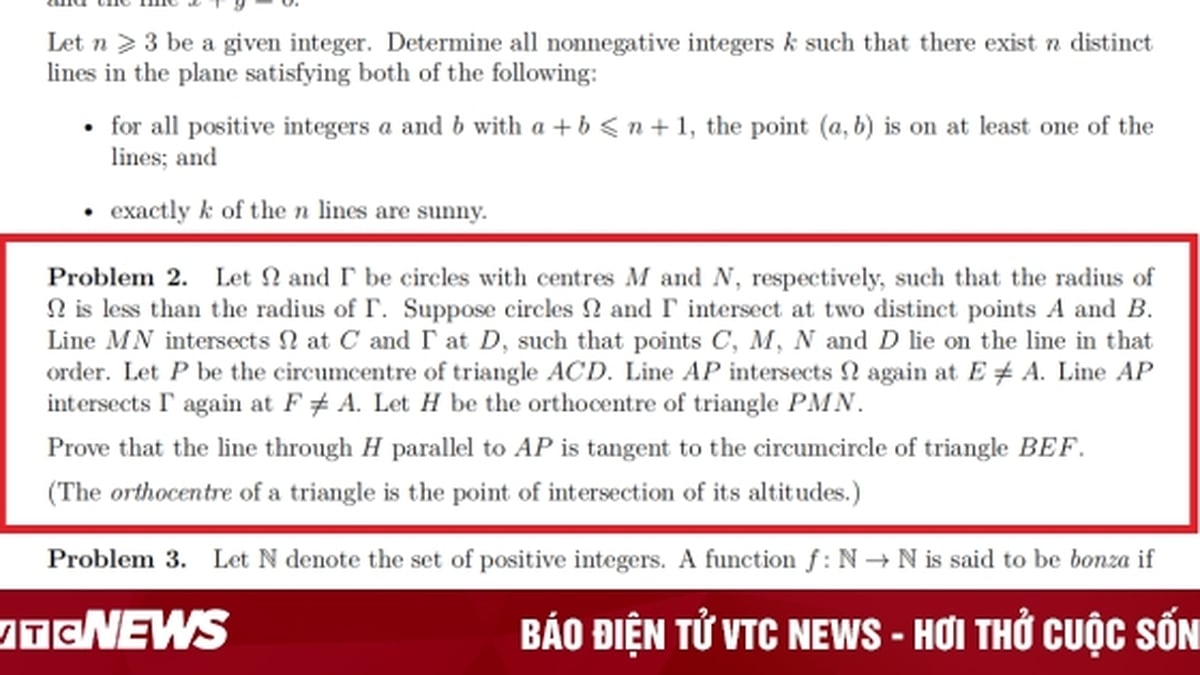

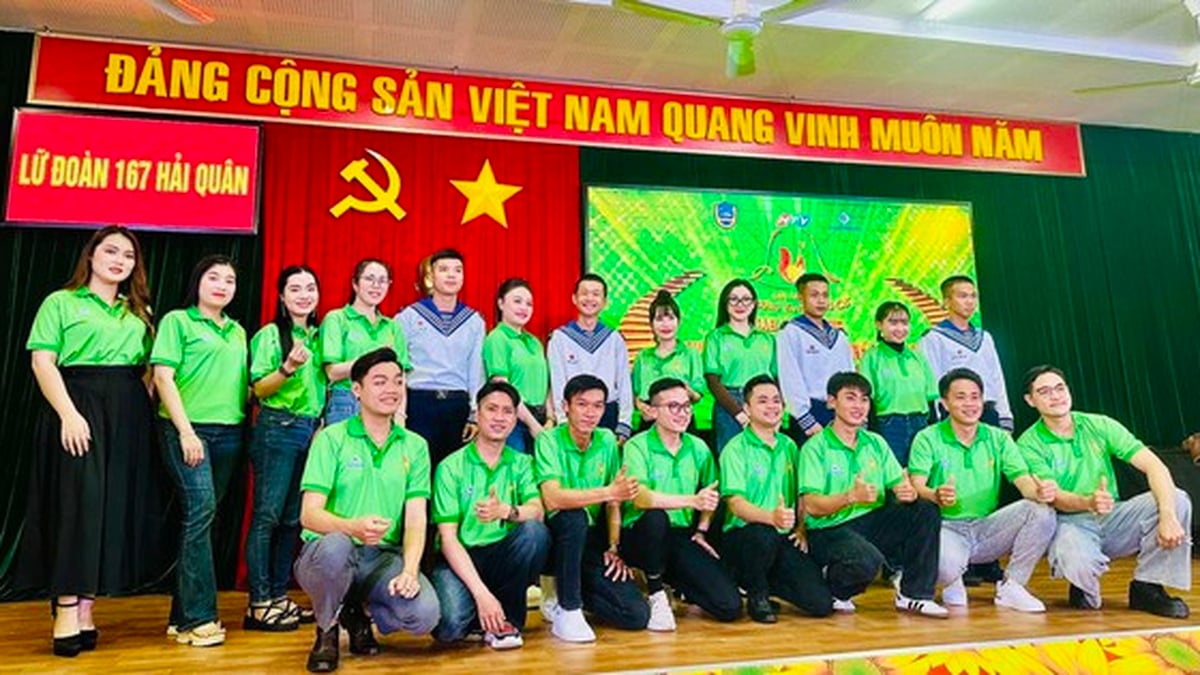

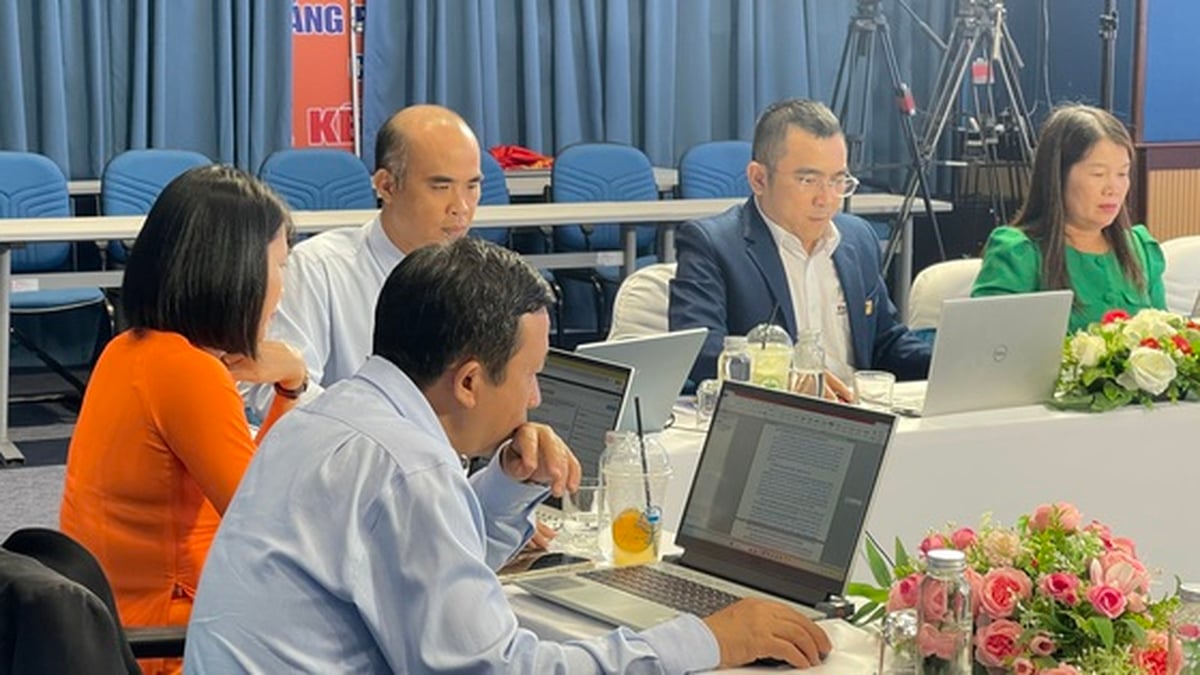
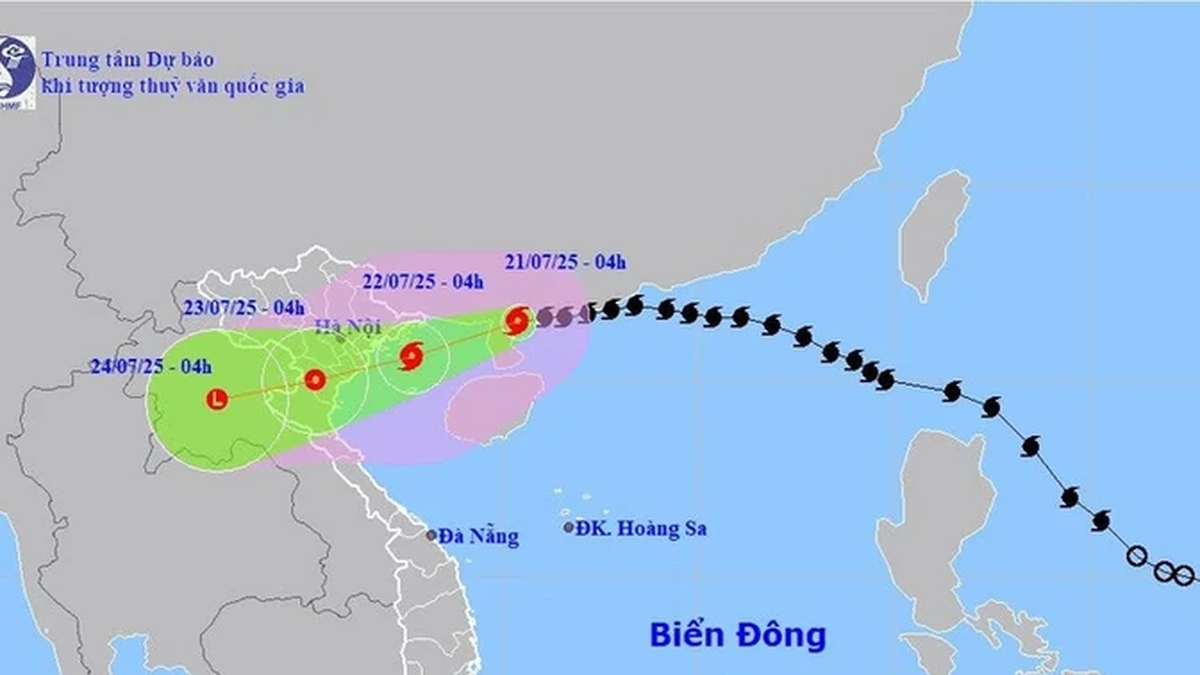


















![[Photo] National Assembly Chairman Tran Thanh Man visits Vietnamese Heroic Mother Ta Thi Tran](https://vphoto.vietnam.vn/thumb/1200x675/vietnam/resource/IMAGE/2025/7/20/765c0bd057dd44ad83ab89fe0255b783)































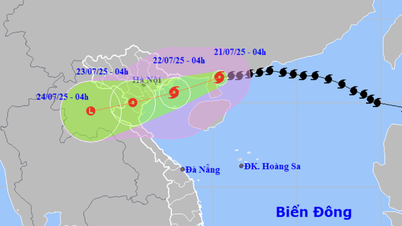




































Comment (0)